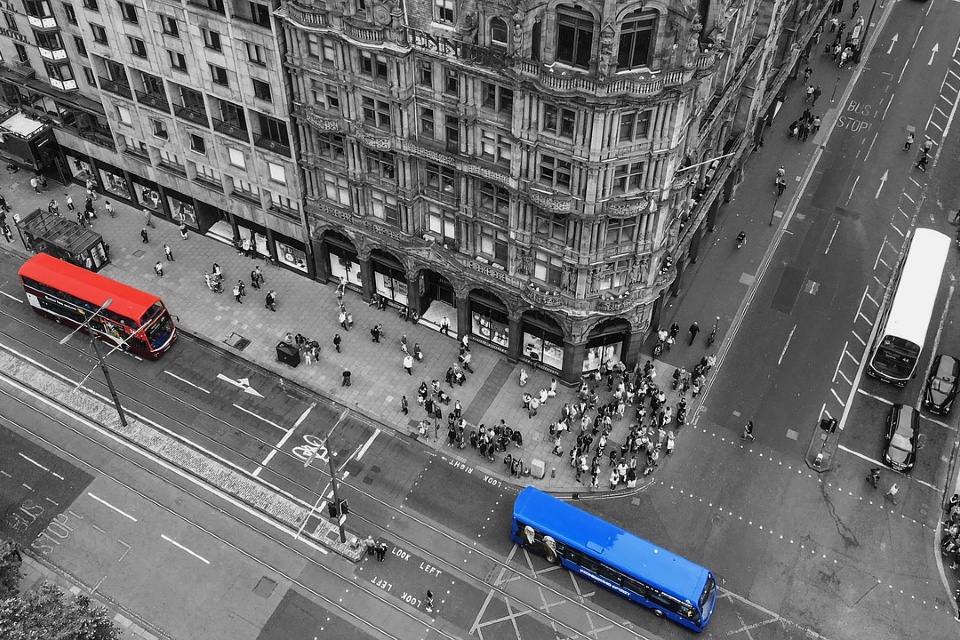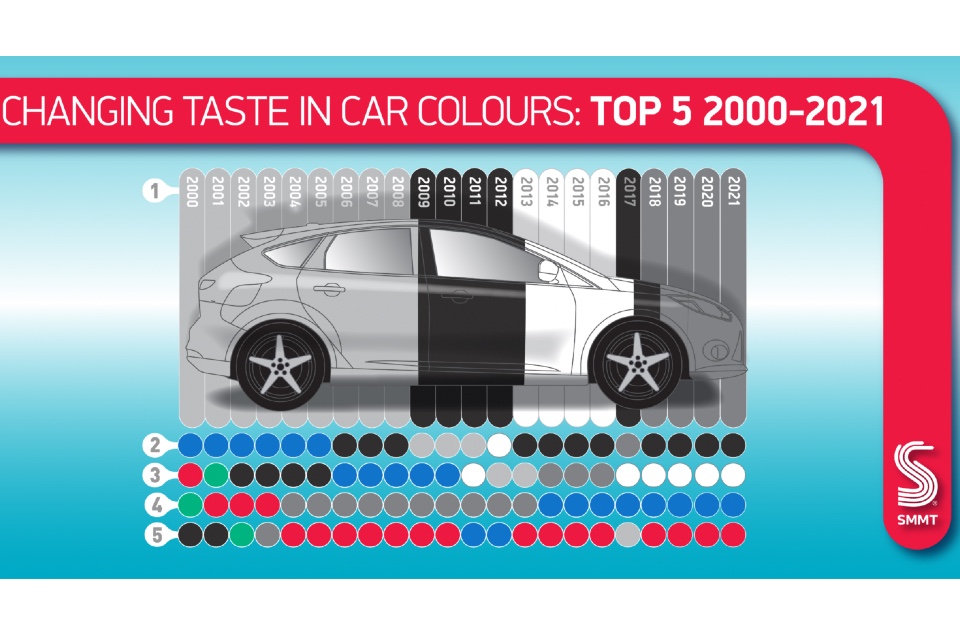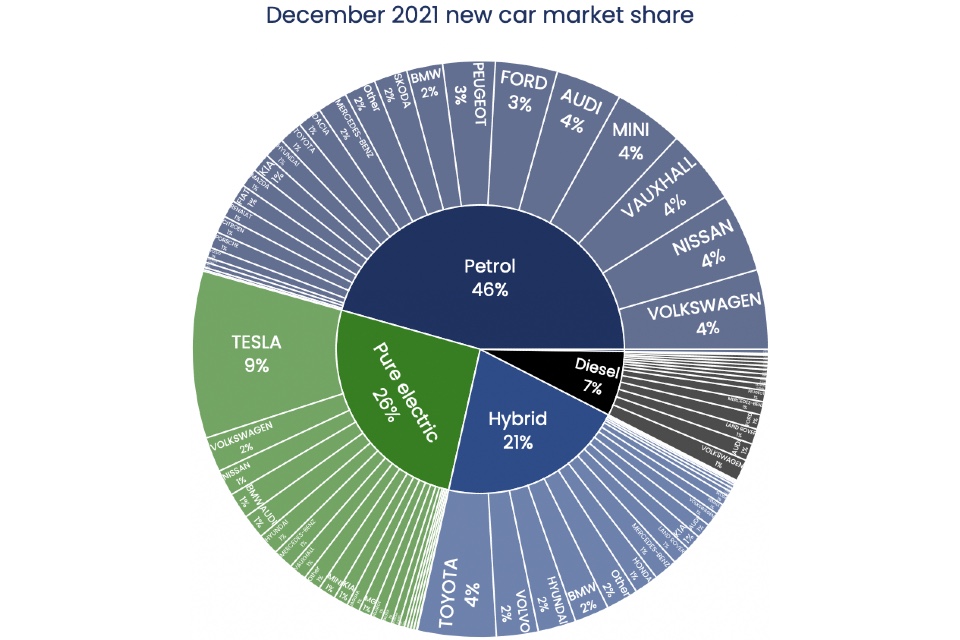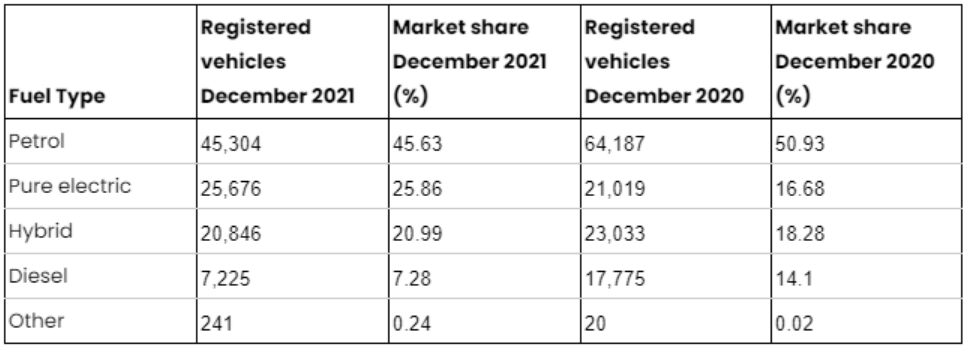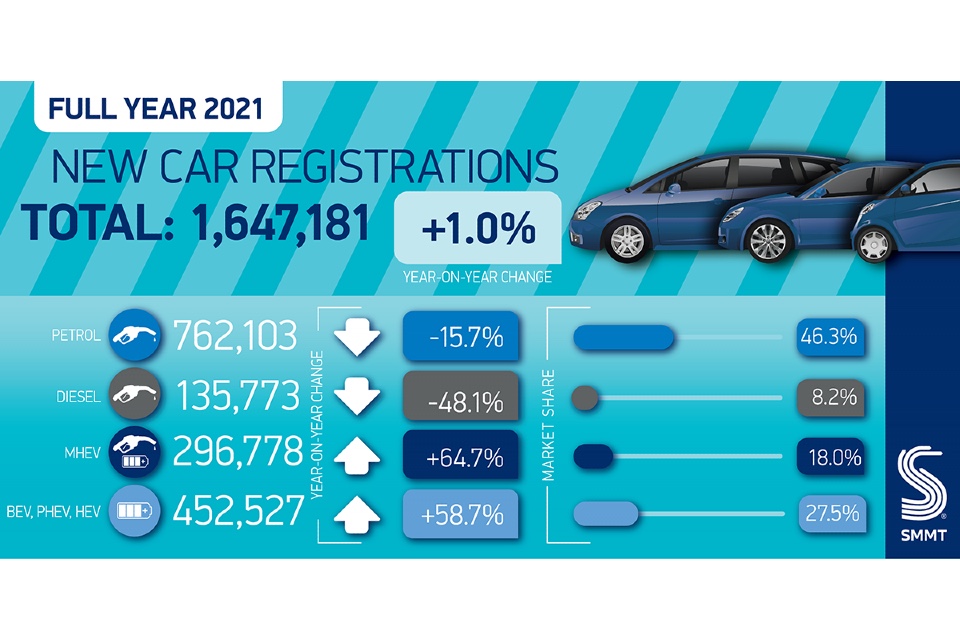The Law Commission weighs in on automated vehicles debate
https://fleetservicessummit.co.uk/wp-content/uploads/2022/01/Automated-Vehicle.jpg 960 640 Stuart O'Brien Stuart O'Brien https://secure.gravatar.com/avatar/81af0597d5c9bfe2231f1397b411745a?s=96&d=mm&r=gThe Law Commission of England and Wales and the Scottish Law Commission have published a joint report that makes recommendations for what they call ‘the safe and responsible introduction of self-driving vehicles’.
The report recommends introducing a new Automated Vehicles Act, drawing a clear distinction between features which just assist drivers, such as adaptive cruise control, and those that are self-driving.
Under the Law Commissions’ proposals, when a car is authorised by a regulatory agency as having “self-driving features” and those features are in-use, the person in the driving seat would no longer be responsible for how the car drives.
Instead, the company or body that obtained the authorisation (an Authorised Self-Driving Entity) would face regulatory sanctions if anything goes wrong.
The report anticipates that, in future, these features will develop to a point where an automated vehicle will be able to drive itself for at least part of a journey, without a human paying attention to the road. For example, a car may be able to drive itself on a motorway, or a shuttle bus may be able to navigate a particular route.
Once a vehicle is authorised by a regulatory agency as having self-driving features, and a self-driving feature is engaged, the Law Commissions recommend a new system of legal accountability. Under it:
- The person in the driving seat would no longer be a driver but a “user-in-charge”. A user-in-charge cannot be prosecuted for offences which arise directly from the driving task. They would have immunity from a wide range of offences – from dangerous driving to exceeding the speed limit or running a red light. However, the user-in-charge would retain other driver duties, such as carrying insurance, checking loads or ensuring that children wear seat belts.
- The Authorised Self-Driving Entity (or ASDE) that had the vehicle authorised would have responsibility for it: if the vehicle drives in a way which would be criminal or unsafe if performed by a human driver, an in-use regulator would work with the ASDE to ensure that the matter does not recur. Regulatory sanctions would also be available to the regulator.
- Some vehicles may be authorised to drive themselves without anyone in the driver seat. Here any occupants of the vehicle would simply be passengers. Instead of having a user-in-charge, a licensed operator would be responsible for overseeing the journey. There would also be requirements for passenger services to be accessible, especially to older and disabled people
The Law Commissions’ recommendations build on the reforms introduced by the Automated and Electric Vehicles Act 2018. The 2018 Act ensured that victims who suffer injury or damage from a vehicle that was driving itself will not need to prove that anyone was at fault. Instead, the insurer will compensate the victim directly.
The Law Commissions recommend new safeguards to stop driver assistance features from being marketed as self-driving. This would help to minimise the risk of collisions caused by members of the public thinking that they do not need to pay attention to the road while a driver assistance feature is in operation.
In terms of next steps, the report has been laid before Parliament and the Scottish Parliament. It will be for the UK, Scottish and Welsh Governments to decide whether to accept the Commissions’ recommendations and introduce legislation to bring them into effect.
Nicholas Paines QC, Public Law Commissioner said: “We have an unprecedented opportunity to promote public acceptance of automated vehicles with our recommendations on safety assurance and clarify legal liability. We can also make sure accessibility, especially for older and disabled people, is prioritised from the outset.”
David Bartos, Scottish Law Commissioner said: “How should the law deal with self-driving technologies? Our joint report with the Law Commission sets out new laws for allowing automated vehicles on our roads, ensuring safety and accountability while encouraging innovation and development.”
Transport Minister Trudy Harrison said: “The development of self-driving vehicles in the UK has the potential to revolutionise travel, making every day journeys safer, easier and greener.
“This Government has been encouraging development and deployment of these technologies to understand their benefits. However, we must ensure we have the right regulations in place, based upon safety and accountability, in order to build public confidence.
That’s why the Department funded this independent report and I look forward to fully considering the recommendations and responding in due course.”

